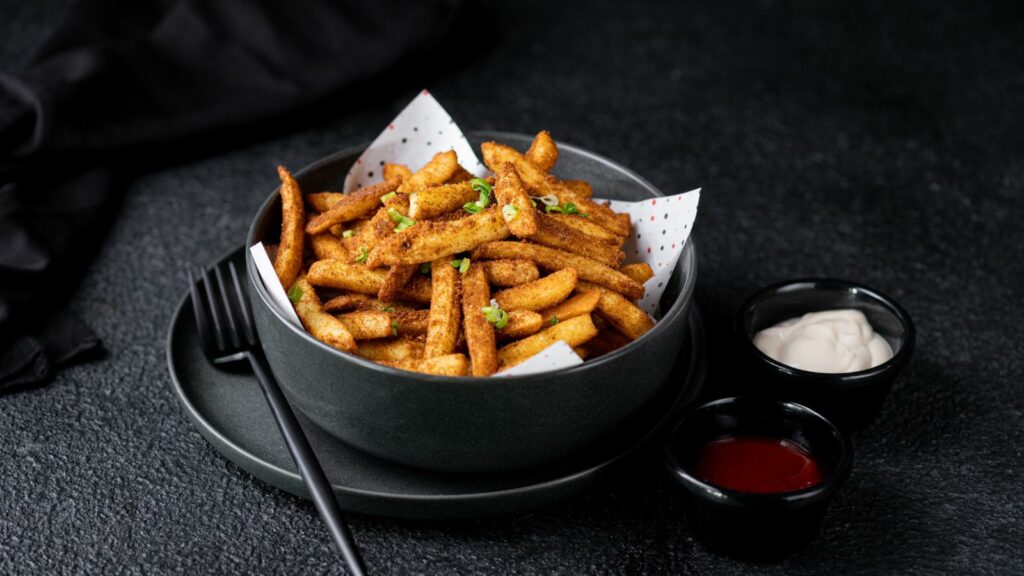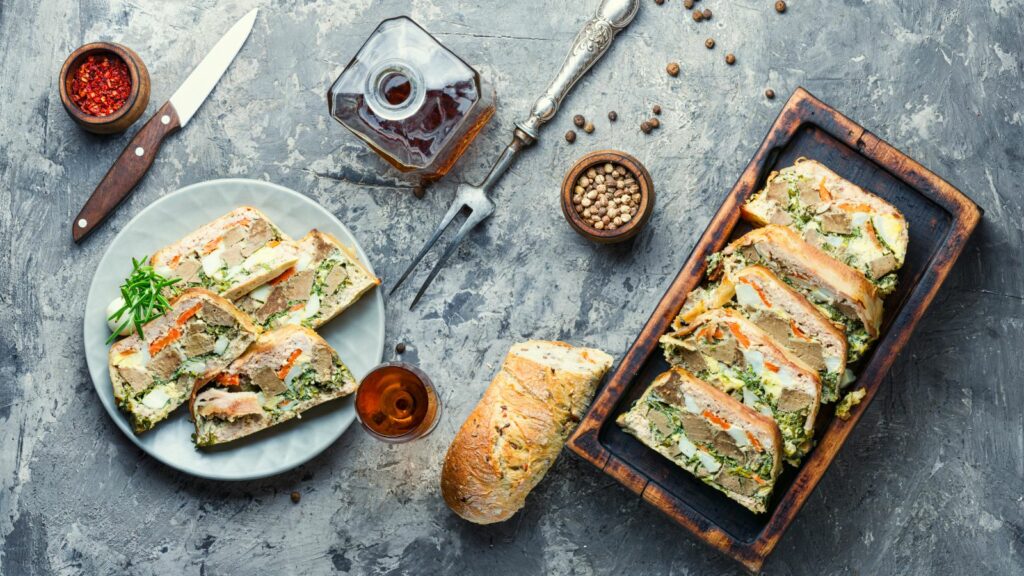Delving into the rich and flavorful world of French cuisine isn’t just about enjoying a decadent meal—it’s also a journey through France’s vibrant history. The evolution of French cuisine is a fascinating tale, deeply intertwined with the country’s social, political, and economic transformations.
From the rustic dishes of the Middle Ages to the sophisticated gastronomy we know today, French cuisine has continually refined itself, absorbing influences while maintaining its unique identity. This article will take you on a culinary voyage, exploring the captivating history of French cuisine.
French Cuisine History
The roots of French cuisine are a vibrant blend of historical events, regional differences, and diverse influences.

Dive back into the era preceding the Middle Ages, where French cuisine began as a medley of regional differences. Grain-based products like breads and porridge reigned supreme, often served alongside meat dishes, a popular component. Fish, however, found greater favor in coastal regions, revealing the adaptive nature of early French gastronomy.
Greek and Roman civilizations left noticeable footprints in the culinary techniques that shaped French cooking. From the Greeks, the French learned the art of using herbs and oils, while the Romans brought opulence with their elaborate feasts. The Romans also introduced wine production and preservation techniques, imprinting an integral part of French culture.
The evolution of French cuisine gained momentum during the reign of French kings. Their adoration for extravagant feasts and banquets spawned significant advancements in cooking techniques. This period introduced haute cuisine – a style synonymous with elegance and sophistication – to the world. Renowned cooks like François Massialot began recording recipes, shifting the focus on refining dishes and honing culinary skills.
Key Components of French Cuisine
Understanding French cuisine starts with recognizing the significance of bread and pastries. For centuries, these baked goods have served as more than just everyday edibles; they’re integral parts of French culture and life patterns. For example, consider the baguette – a long, thin loaf that’s become emblematic of the country. It’s customary to buy baguettes fresh every day, reflecting the French emphasis on freshness and quality in their food.

On the other hand, the art of French patisserie is an exhibition of skilled craftsmanship and creativity. Pastries like croissants, eclairs, and tarts are not merely treated as sweet accompaniments to a cup of coffee. Instead, they’re an independent gastronomic segment, revered for their delicate textures, complex flavors, and aesthetic appeal.
Diving deeper into the components of French cuisine, cheese and wine stand out as cultural pillars. With more than 1,600 varieties, cheese in France goes beyond being just a food item. It’s a cherished tradition that underscores the country’s rich biodiversity, regional pride, and heritage.
Evolution through the Centuries
French cuisine’s evolution showcases a testament to its rich cultural fusion, testifying to the nation’s history. This section discusses major culinary shifts in French gastronomy over centuries, shedding light on the significant influence of certain eras on what we now know as French cuisine. No introduction nor conclusion paragraphs are included, focusing primarily on the content and insights of this period.

The period between the Middle Ages and Renaissance brought significant developments to French cuisine. Earlier concepts were expanded and refined during this era, leading to legend-worthy cultural shifts in dining manners and culinary practices. Dynasty feasts exhibited the aristocratic way of life, and these gatherings became a platform for chefs to display their innovative craft.
Spices, initially introduced during the crusades, found a prominent place in French gastronomy during the medieval period, augmenting the flavor profiles of many dishes. Meats and fish became common main courses, often accompanied by a variety of vegetables and cereals. Sweet and savory food combinations, characteristic of this era, paved the way for gastronomic adventures.The Renaissance saw the introduction of refined sugar, leading to the development of splendid desserts – a tradition that’s proudly continued in contemporary French patisseries.

